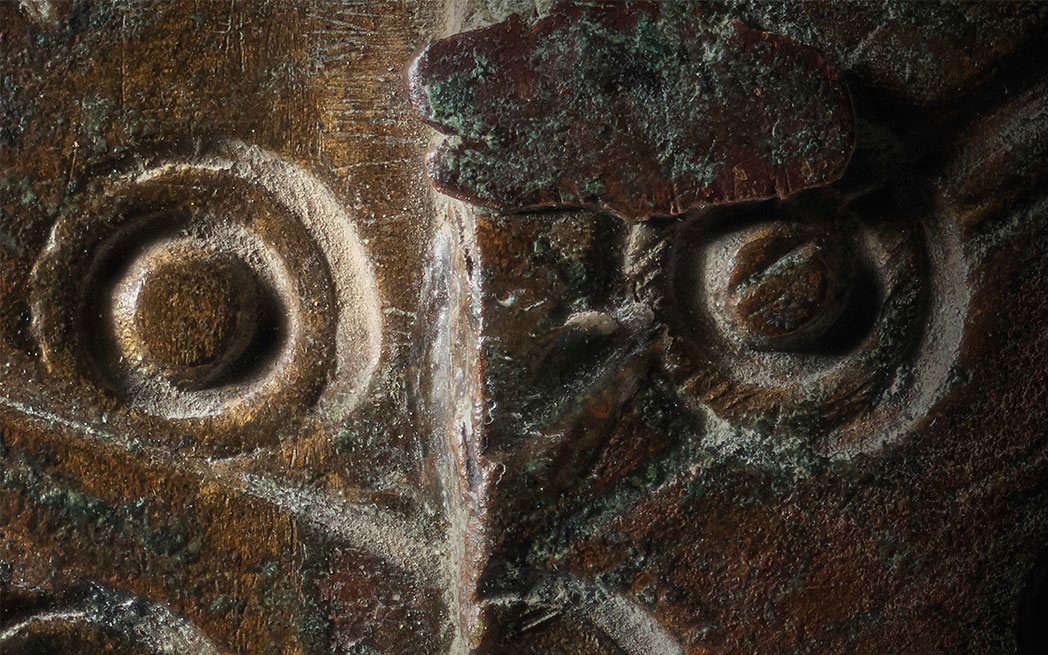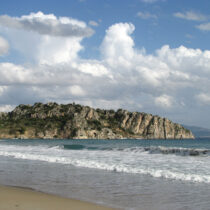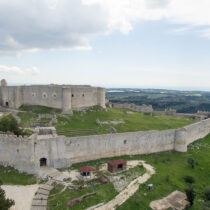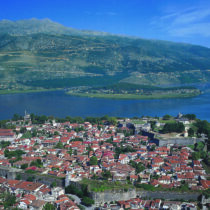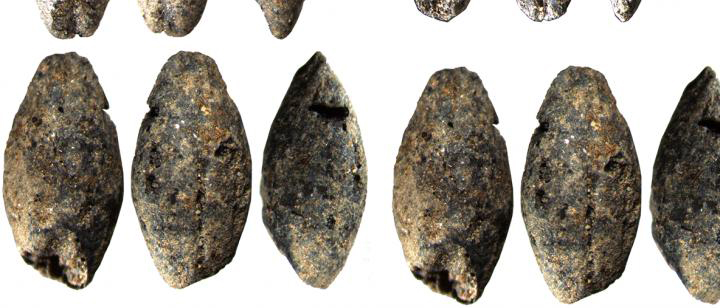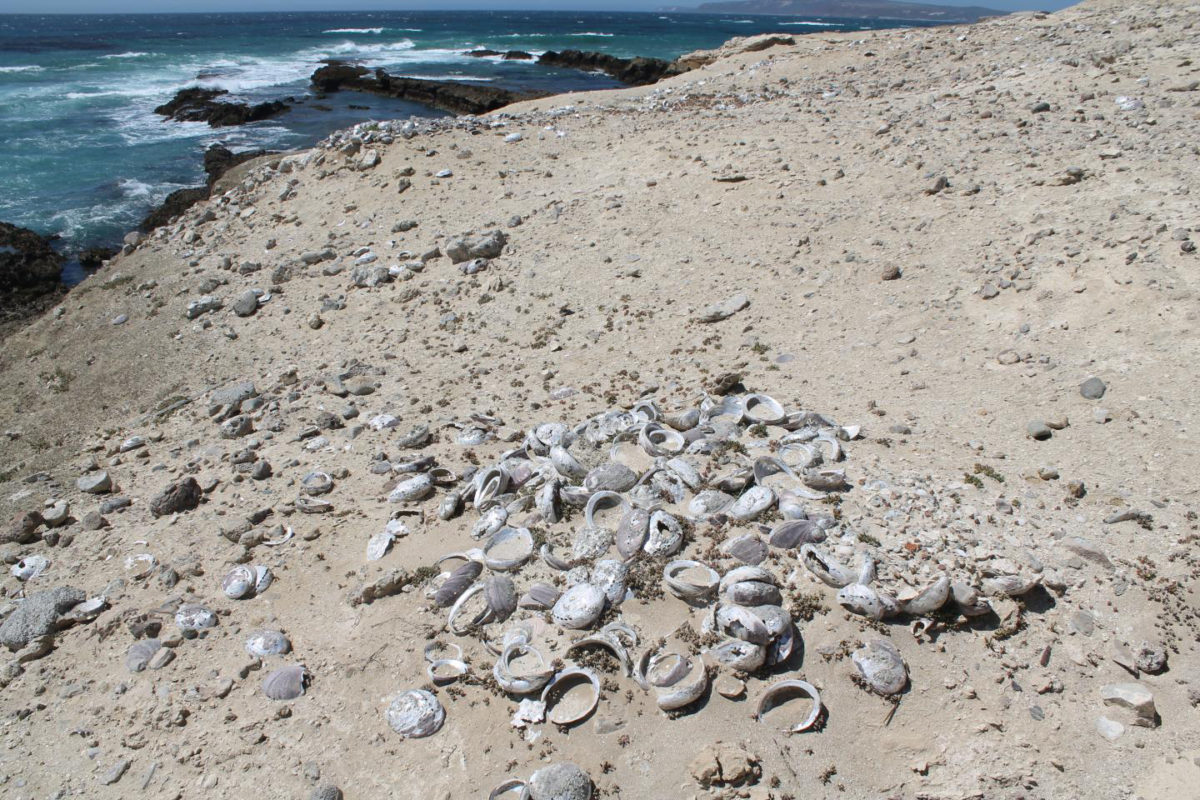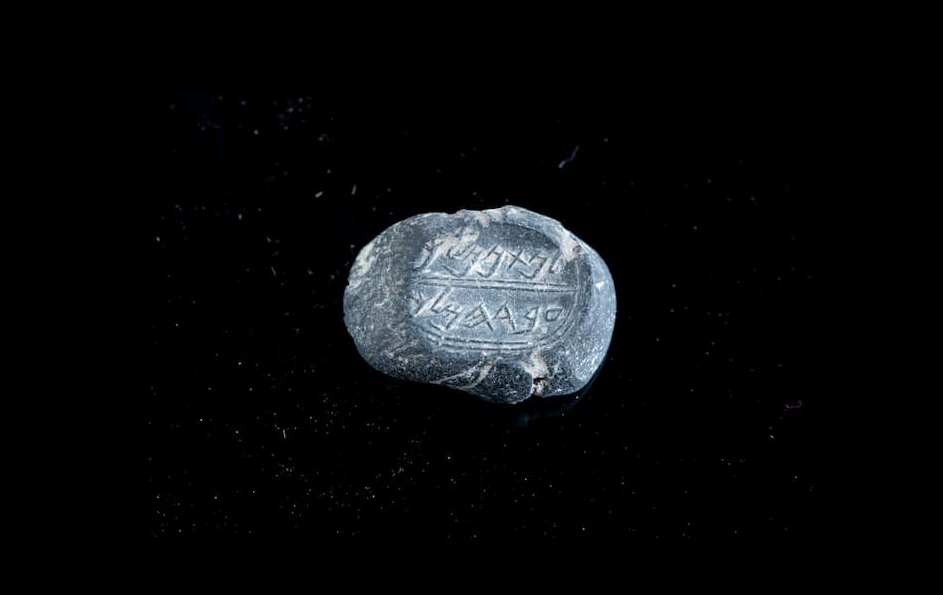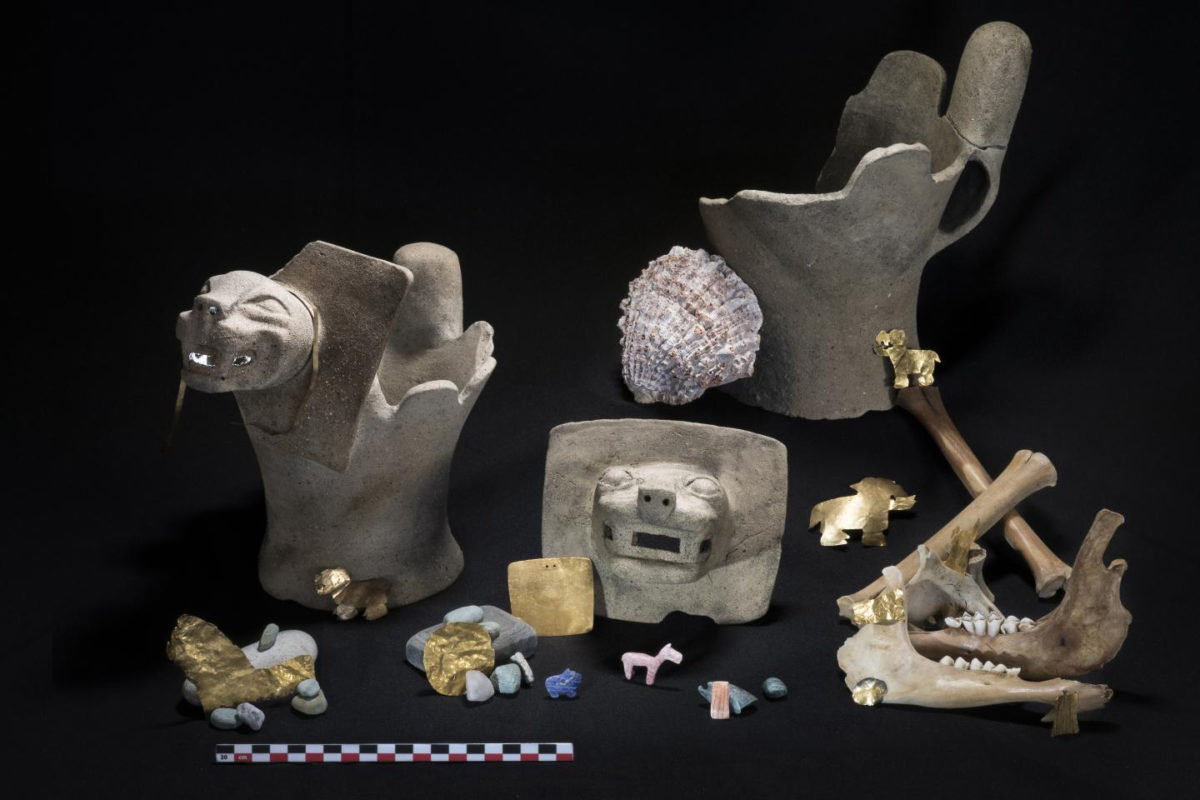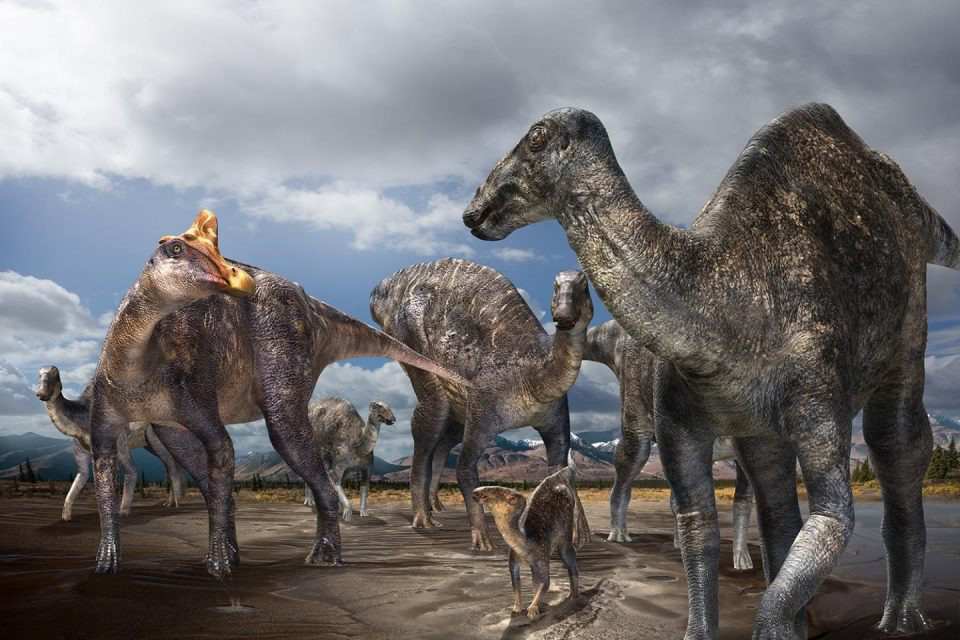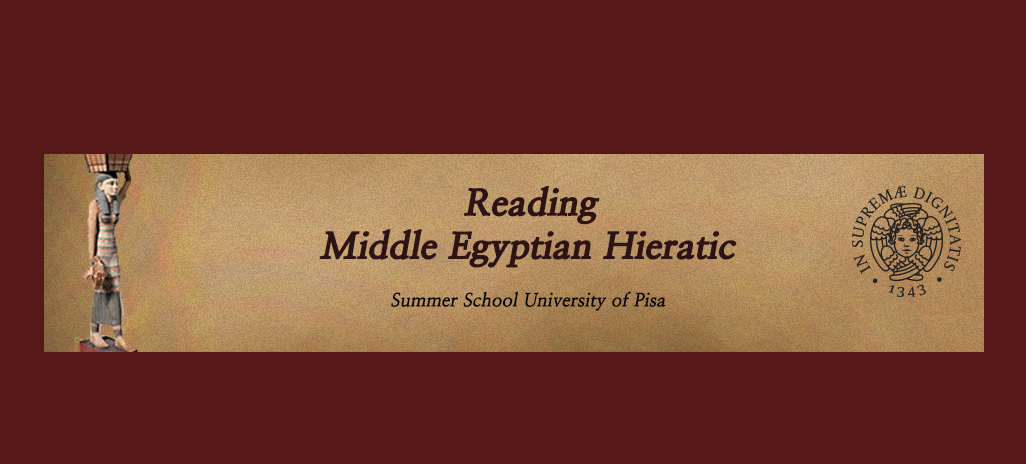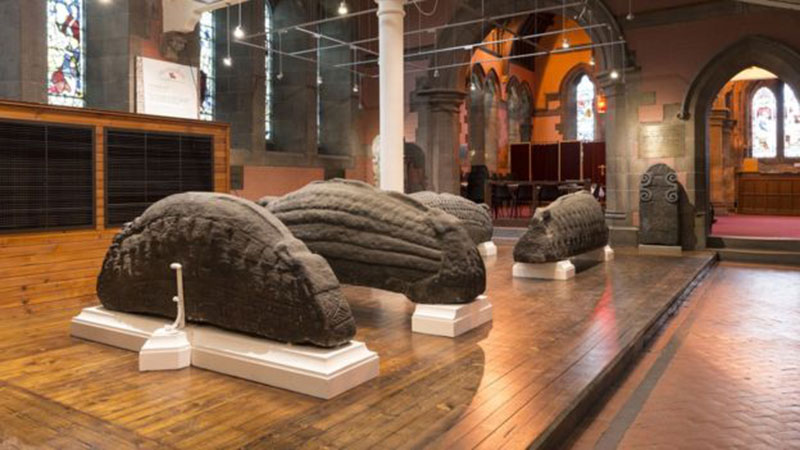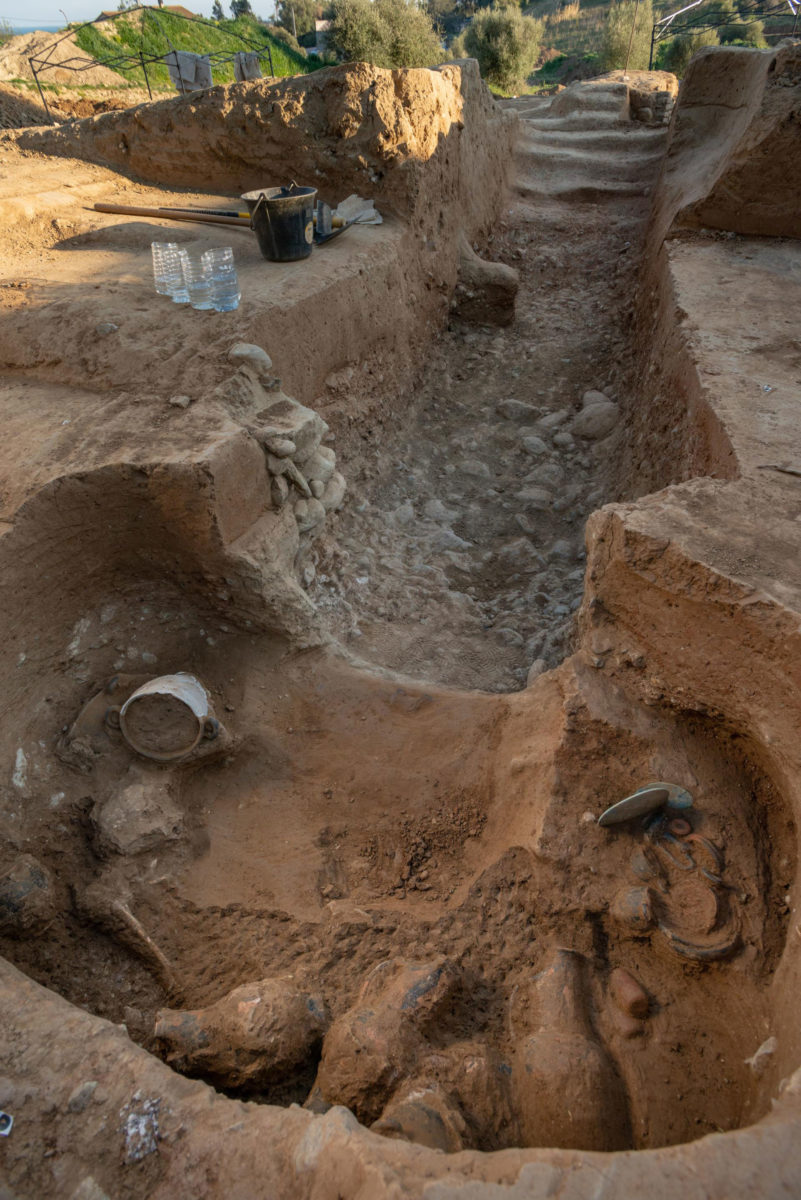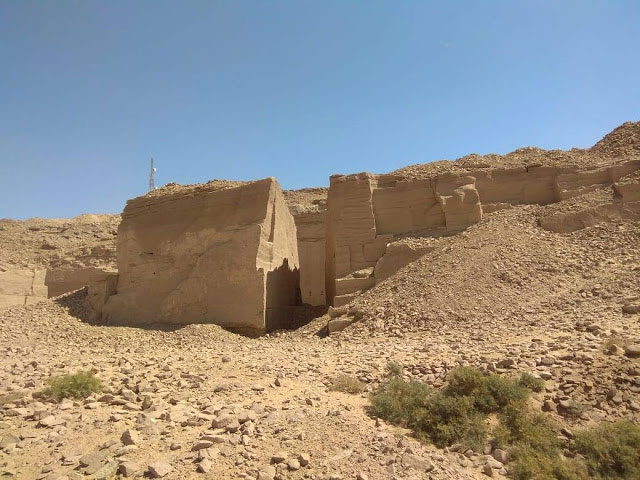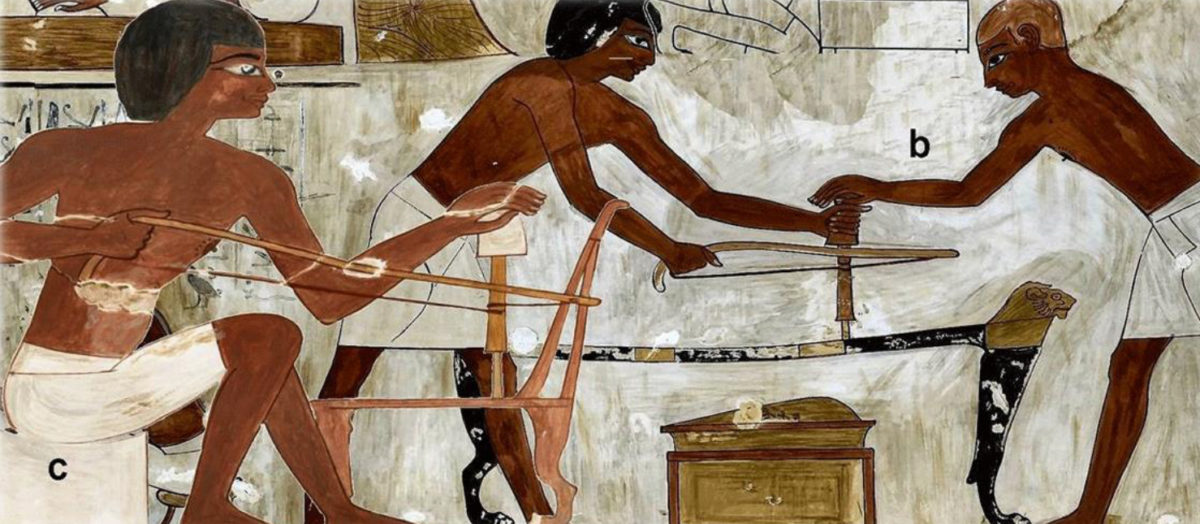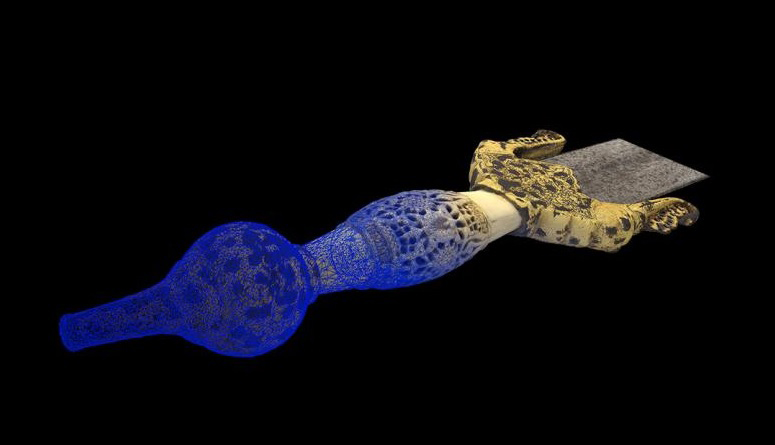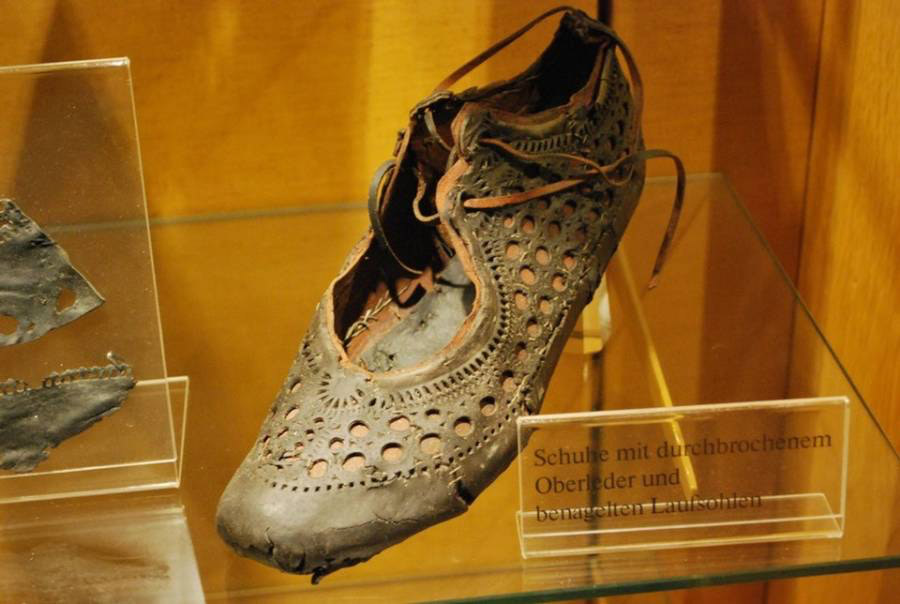A 5,000-year-old barley grain discovered in Finland changes understanding of livelihoods
New findings reveal that hunter-gatherers took to farming already 5,000 years ago in eastern Sweden, and on the Aland Islands, located on the southwest coast of Finland.
Scientists measure extent of recovery for critically endangered black abalone
One critically endangered species of smooth-shelled abalone is making a comeback in certain parts of its range along the California coast.
Fifth Dynasty tomb and name of a new queen discovered at Saqqara
Egyptian archaeologists discovered the tomb of a Fifth Dynasty dignitary named Khuwy during an excavation and documentation survey carried out in south Saqqara.
Who Was “Natan-Melech the King’s Servant”?
A rare and exciting discovery: A bulla (seal impression) and a 2,600-year-old stamp bearing Hebrew names were uncovered in the City of David.
Ancient Greek and Latin to be intangible cultural heritage
The association Human Hist. submitted the request with a manifesto presented at the opening of the ‟2nd International Meeting of ancient languages”.
Rise of religion pre-dates Incas at Lake Titicaca
An ancient group of people made ritual offerings to supernatural deities near the Island of the Sun in Lake Titicaca, Bolivia, about 500 years earlier than the Incas, according to an international team of researchers.
First-confirmed occurrence of a lambeosaurine dinosaur found on Alaska’s North Slope
Paleontologists have discovered the first-confirmed occurrence of a lambeosaurine (crested ‘duck-billed’ dinosaur) from the Arctic.
66-million-year-old deathbed linked to dinosaur-killing meteor
Scientists describe the site, dubbed Tanis, and the evidence connecting it with the asteroid or comet strike off Mexico’s Yucatan Peninsula 66 million years ago.
Rules and Subversions in the Mediterranean Ancient World
This conference for PhD students and young PhD holders aims at reflecting upon the interrelated notions of rule and subversion in the Mediterranean Ancient world.
Impressive treasure trove from Tsarist period has found its place
More than 2,000 items from an impressive treasure trove belonging over a century ago to the Naryshkin family of aristocrats, will soon adorn the ‟Tsarskoye Selo” museum.
ICS Londinium summer school now open for bookings
Summer school aimed at adult learners interested in classical subjects, offering six intensive courses.
Last Call for Summer School in Hieratic in Pisa
The aim of the course is to enable its participants to read andinterpretate literary and documentary texts of Ancient Egypt (Middle Egyptian, 2000-1500 BC) in their original script (hieraticand hieroglyphs).
Scientific Traditions in the Ancient Mediterranean and Near East
This year’s conference aims for a broader cross-cultural perspective and increased interdisciplinarity in the approach to the ancient sciences.
Schoolboy finds Govan Stones missing piece
A teenager assisting in excavations in Scotland has found one of a Middle Age lost gravestones known as the Govan Stones.
Researchers have found an Etruscan tomb in Corsica
Archaeologists in Corsica have uncovered an Etruscan tomb which they hope will offer an insight into the wealthy civilization of northern Italy.
Ancient port used by workers found in Egypt
A discovery of a 3,000-year-old ancient port used by temple builders for transporting stones has been announced in Egypt.
A stolen Picasso has been traced and recovered
The painting which had been stolen 20 years ago from a Saudi sheikh's yacht, has been traced by Arthur Brand, a prominent Dutch art detective.
Complex societies precede moralizing gods throughout world history
Big data analyses suggest that moralizing gods are rather the product than the drivers of social complexity.
The first mechanically driven woodworking tools in shipbuilding and furniture
Elena Maragoudaki is the speaker of this Aegean Lecture.
The sword of a Hispano-Muslim warlord is digitized in 3D
The sword belonged to Ali Atar, one of the main military chiefs of King Boabdil of Granad. At age 90, he fought to his death in the Battle of Lucena in 1483.
Elegant woman’s shoe from ancient Rome comes to light
In ancient Rome, women’s shoes were decorated with embroidery, motifs and often with lace.
Archaeologists in Egypt have discovered inscriptions at ancient amethyst mine
Archaeologists in Egypt have uncovered ancient inscriptions on rock and stelae a well as ostraca at an amethyst mine.
From Pompeii to the Cyclades via… a gold thread
The 'Vanity' exhibition will travel to Pompeii to be exhibited at the impressive Palaestra.
Sackler family donations to art institutions are turned down
Several art institutions have stopped receiving donations by the Sackler family, who are facing legal action over the production of opioid drugs linked to deaths in the USA.
